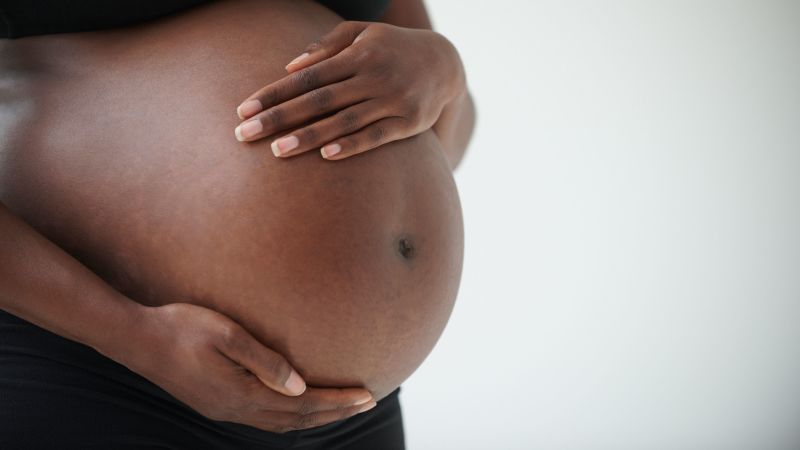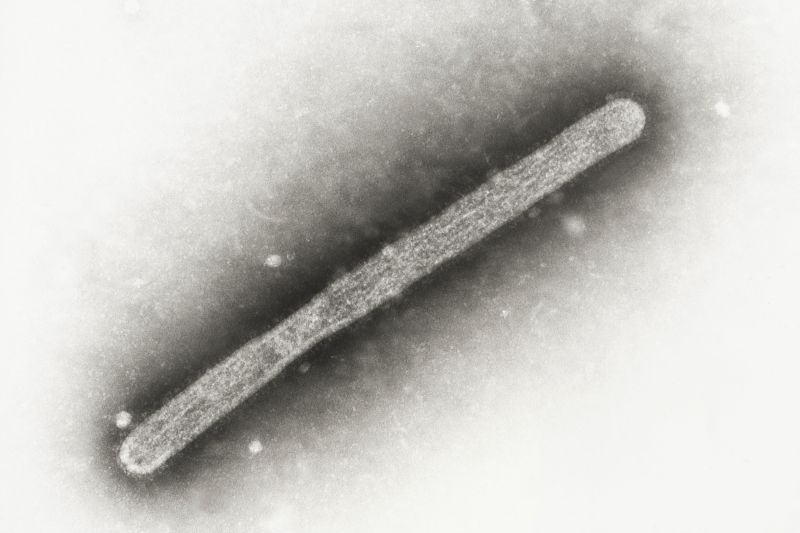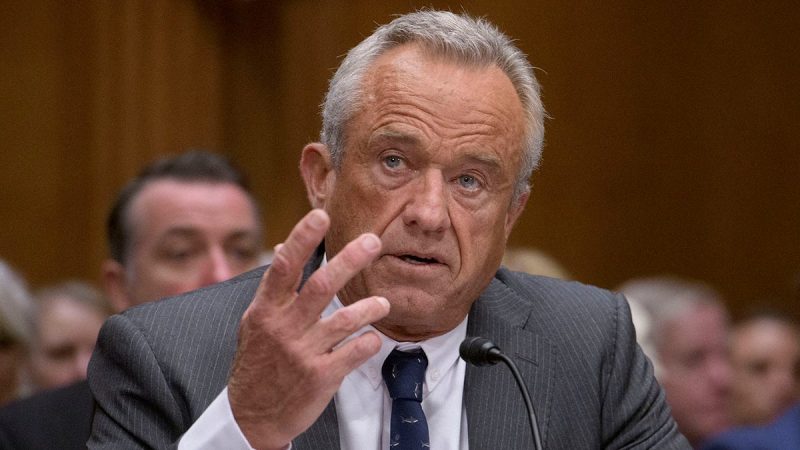Abortion bans in US led to more births and infant deaths, especially among vulnerable groups

Abortion bans in the United States are exacerbating existing health disparities as births increase in high-risk populations and infant mortality rises disproportionately, new research suggests.
In 14 states that implemented complete or 6-week abortion bans after the Supreme Court Dobbs decision revoked the federal right to abortion, the fertility rate increased 1.7%, leading to about 1 additional birth for every 1,000 women of reproductive age, according to a study published Thursday in the medical journal JAMA. A corresponding study from the same research team found that the rise in infant mortality was even more significant, spiking nearly 6% in the states that implemented bans.
With about 500 more deaths than expected among the 22,000 additional births, the infant mortality rate for births linked to abortion bans – 24 deaths for every 1,000 births – was about four times higher than expected. Rates of births and deaths were analyzed from 2012 through 2023, using trends from before the restrictions were implemented and from states without restrictions as baseline measures.
“It signals that these additional births are occurring disproportionately among populations at greater risk of infant mortality and other full pregnancy outcomes,” said Dr. Suzanne Bell, an assistant professor at the Johns Hopkins Bloomberg School of Public Health and co-author of the new studies.
Other research has found links between abortion bans and a rise in infant births and deaths, but the new studies show that that some of the most vulnerable groups bear the greatest burden of the significant and compounding effects of abortion restrictions.
Black and other minority women saw the largest increases in fertility rates, along with those of lower socioeconomic status such as Medicaid beneficiaries and those with lower education levels. Infant mortality also surged in these groups, with deaths rising nearly 11% – almost twice the average – among Black babies, more than any other racial or ethnic group.
“Abortion bans are associated with excess births that shift the composition of births toward those at higher risk of infant death,” the researchers wrote.
Experts have long cautioned about the dangers of abortion bans, warning that restricting access to abortion can have significant negative effects on the health and livelihood of the individual and their families.
“I think back to the Dobbs case, where part of Mississippi’s argument to the Supreme Court was that there’s no societal reliance on abortion, that you can essentially take this right away and it’s not going to affect measurable outcomes. Well, here’s one, right?” said Caitlin Myers, a professor of economics at Middlebury College. She was not involved in the new studies but has researched abortion trends and policy impacts. “We see so clearly that when you take abortion access away, it increases infant mortality.”
The new research showed the share of infants who died from congenital anomalies rose significantly in states with abortion bans, suggesting a disproportionate rise in the number of women who are carrying fetuses with lethal congenital anomalies to term.
Congenital anomalies can range from mild to severe cases, and some of the most common types can affect an infant’s heart or spine. In some cases, babies with a birth defect may only survive a few months. The new research found that there was about an 11% increase in infant mortality due to congenital anomalies, or more than one additional death for every 10,000 births.
But infant deaths from other causes also increased – rising about 4% in states with abortion bans – suggesting that “legal exceptions based solely on fetal anomalies will not fully offset the negative effects of abortion bans on infant health,” the researchers wrote.
“These findings make it clear that many pregnant people were unable to overcome barriers to access abortion services, and instead were forced to continue an unwanted or unsafe pregnancy to term,” Bell said. “The largest impacts are among populations experiencing the greatest structural disadvantages and in states with among the worst maternal and child health outcomes, even prior to these abortion bans being imposed.”
A recent report from the US Centers for Disease Control and Prevention showed Black women were the only group who had an increase in maternal mortality between 2022 and 2023, and the latest rate – about 50 deaths for every 100,000 live births in 2023 – was nearly three times higher than it was for other groups.
“[Abortion restrictions are] compounding existing poor health outcomes and disparities by imposing restrictions on reproductive autonomy,” Bell said. And the devastating effects on infant mortality are likely just the “tip of the iceberg,” she said. Many other pregnancies may have resulted in other kinds of poor outcomes for the infant or mother.
Outcomes in Texas had an outsized effect on the results, accounting for about three-quarters of additional births and about 80% of additional infant deaths, according to the new studies. Many factors could be behind this, but some experts suggest that especially long distances needed to travel out-of-state to reach a clinic and early adoption of Senate Bill 8 that restricted abortion access before the Dobbs decision could play a role.
In a commentary about the new research that also published in JAMA on Thursday, Dr. Alyssa Bilinski, an assistant professor of health policy at the Brown University School of Public Health, wrote that “abortion restrictions that force continuation of unexpected and high-risk pregnancies make it all the more critical to ensure robust supports for children and families” in the US.
“There should be no partisan divide over the idea that all children and families deserve the opportunity to thrive,” she wrote.







